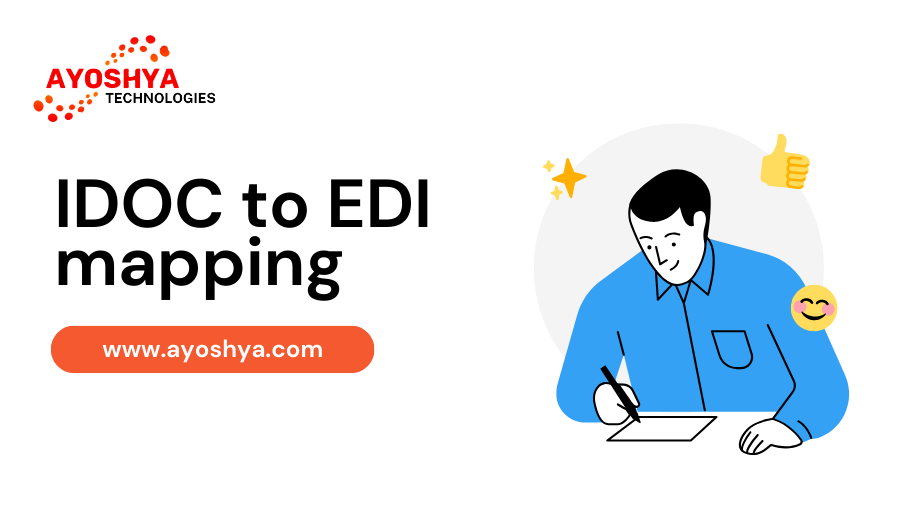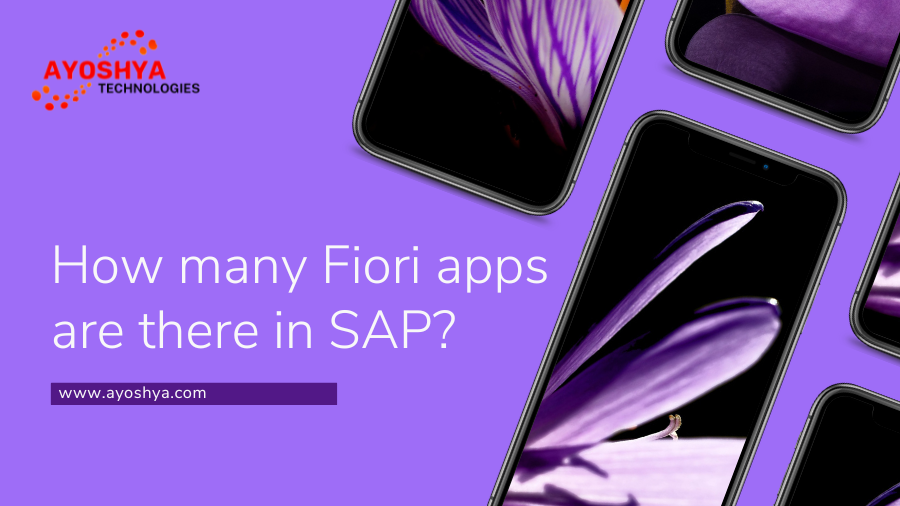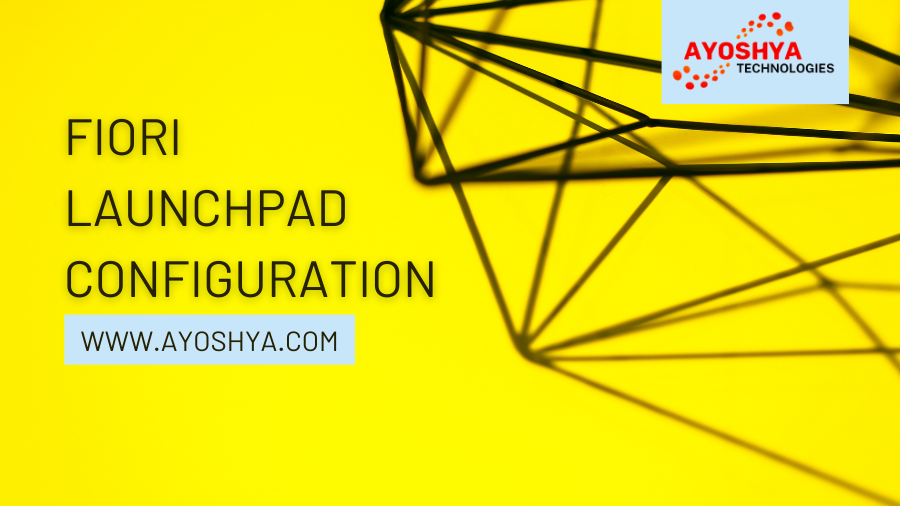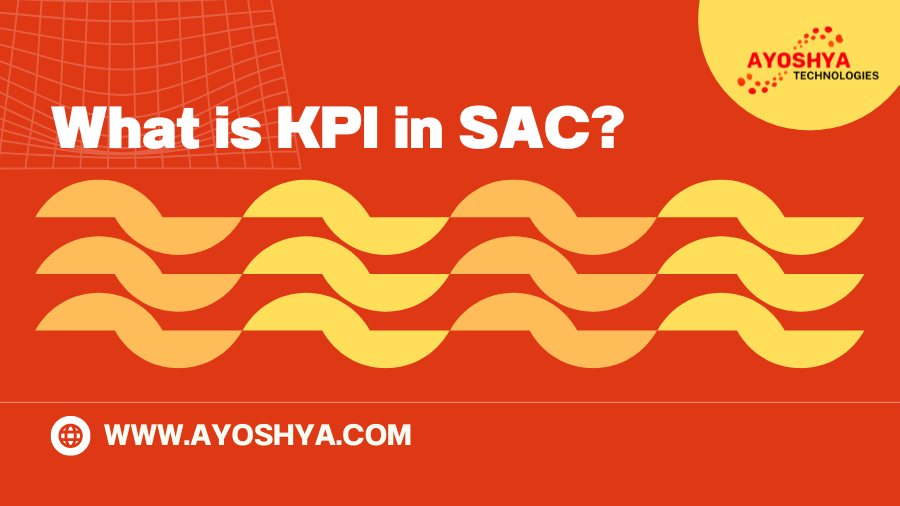In the bustling realm of business intelligence, SAP Analytics Cloud (SAC) reigns supreme. This versatile platform empowers users to explore data, craft stunning visualizations, and uncover actionable insights, driving informed decision-making across organizations. But navigating this data ocean requires a trusty compass, a guiding light that reveals what truly matters: Key Performance Indicators (KPIs). For many, KPIs can seem like cryptic acronyms whispered by analysts, shrouded in formulas and dashboards. But this blog aims to be your beacon, illuminating the intricacies of KPI in SAC, unveiling their power, and equipping you to leverage them for insightful navigation and impactful business decisions.
From Blueprint to Building Blocks: Understanding the Anatomy of KPI in SAC
Imagine a majestic dashboard, its purpose to navigate your business towards success. KPIs act as the compass needles on this dashboard, meticulously pointing towards critical performance metrics. Here’s a breakdown of their essential components:
- Measure: This forms the heart of the KPI, representing a quantitative value that reflects a specific aspect of your business performance. Think of it as the compass needle itself, always pointing towards a specific data point.
- Dimension: This adds context to the measure, providing deeper insights by segmenting the data along various categories. Imagine the cardinal directions on the compass, allowing you to see how the measure performs across different segments.
- Target: This sets the benchmark for success, representing the desired level of performance for your chosen measure. Think of it as the “north star” on the compass, guiding your efforts towards the target value.
- Calculation: This defines how the KPI is calculated, often involving aggregation functions like sums, averages, or percentage changes. Imagine the gears and mechanisms within the compass, transforming raw data into meaningful metrics.
- Thresholds: These act as warning flags, setting upper and lower limits for the KPI that trigger alerts when performance deviates significantly from the target. Think of the red and green zones on the compass, visually indicating potential dangers or safe passage.
Unveiling the Power: Unlocking the Benefits of KPI in SAC
Integrating KPI in SAC into your data analysis isn’t just about technical prowess; it unlocks a treasure trove of benefits that propel your business towards its goals:
- Enhanced Performance Monitoring: Track key metrics in real-time, identify trends and deviations, and proactively address performance issues before they escalate. Imagine having a constantly updated compass, allowing you to adjust your course at the first sign of a detour.
- Improved Decision-Making: Base your choices on clear, data-driven insights derived from KPIs, ensuring strategic decisions are aligned with performance goals and market trends. Think of the compass guiding you towards promising landmasses, not into treacherous reefs.
- Increased Accountability and Alignment: Clearly defined KPIs foster organizational alignment, holding teams accountable for specific performance metrics and ensuring everyone steers towards the same objectives. Imagine the compass unifying the crew, directing them towards a shared destination.
- Simplified Communication and Reporting: Standardize and simplify communication of business performance through easily digestible KPI dashboards, fostering transparency and stakeholder buy-in. Imagine the compass becoming a universal language, understood by all crew members regardless of their roles.
- Actionable Insights and Continuous Improvement: Identify areas for improvement and track the effectiveness of implemented initiatives through KPI analysis, driving continuous optimization and growth. Imagine the compass not only pointing north, but also highlighting potential shortcuts and hidden paths for faster progress.
Facing the Challenges: Navigating the Obstacles of Effective KPI Implementation
While the benefits are undeniable, integrating and leveraging KPI in SAC effectively isn’t without its challenges:
- Identifying the Right KPIs: Choosing the right KPIs can be overwhelming, requiring careful consideration of your business goals, data availability, and user needs. Picture navigating with a faulty compass, potentially leading you astray instead of towards your destination.
- Data Quality and Availability: Inaccurate or incomplete data can lead to misleading KPIs, jeopardizing the validity of your insights and decision-making. Imagine trying to navigate with a map covered in scribbles and half-erased landmarks.
- Technical Complexity: Setting up and configuring sophisticated KPIs can be technically challenging, requiring knowledge of SAC functionalities and potentially involving IT support. Picture struggling to calibrate a delicate compass, risking malfunction if not handled carefully.
- Communication and Change Management: Successfully implementing KPIs requires effective communication of their significance and impact, potentially encountering resistance to change within the organization. Imagine encountering rough seas while trying to adjust the sails based on the compass readings.
- Overload and Information Fatigue: Bombarding users with too many KPIs can lead to information overload and hinder effective decision-making. Imagine being surrounded by so many compasses you lose sight of the true direction.
Conquering the Challenges: Best Practices for Effective KPI Implementation in SAC
- Start with Business Goals: Align your KPIs with your overarching business objectives, ensuring they measure performance metrics directly relevant to achieving your desired outcomes. Think of carefully plotting your course on a map before setting sail with your compass.
- Focus on Quality over Quantity: Choose a limited number of relevant and impactful KPIs, avoiding information overload and ensuring users focus on the most critical metrics. Imagine prioritizing the most reliable compasses on your ship and leaving the decorative ones behind.
- Involve Key Stakeholders: Collaborate with business users, analysts, and IT professionals throughout the process, ensuring data accessibility, user understanding, and ownership of the chosen KPIs. Think of charting your course together, taking advantage of everyone’s knowledge and perspective.
- Leverage Available Resources: Utilize SAP’s extensive documentation, best-practice guides, and community forums to learn about KPI design, implementation, and best practices. Think of consulting experienced navigators and studying detailed charts before venturing into uncharted waters.
- Start Simple and Iterate: Begin with basic KPIs and gradually add complexity as users become comfortable and familiar with the system. Think of starting with a basic compass and upgrading to a more sophisticated sextant as your navigation skills improve.
- Communicate and Explain: Clearly communicate the rationale behind each KPI, its significance for the organization, and how it contributes to achieving business goals. Think of explaining the meaning of each compass direction to ensure everyone understands the intended path.
- Monitor and Adapt: Regularly review the effectiveness of your KPIs, track their impact on decision-making, and adjust them as needed based on changing priorities and business needs. Think of recalibrating your compass as the stars shift and new landmarks emerge.
- Promote Transparency and Data Governance: Establish clear data governance practices to ensure data quality, consistency, and user trust in the accuracy of the displayed KPIs. Think of maintaining a well-maintained map and accurate logbook to avoid confusion and ensure everyone relies on the same information.
Beyond the Basic Compass: Exploring the Future of KPI in SAC
The world of KPI in SAC is constantly evolving, driven by technological advancements and changing business needs. Here are some trends to watch:
- Real-time and Predictive KPIs: Expect real-time KPI updates and integration with predictive analytics, allowing for dynamic decision-making and proactive response to anticipated trends. Imagine your compass not only showing your current location but also predicting potential storms and suggesting alternative routes.
- AI-powered Insights and Anomaly Detection: Leverage AI to automatically identify emerging trends, outliers, and potential performance issues within your KPIs, prompting further investigation and proactive action. Imagine your compass alerting you to hidden rocks and shoals before your ship runs aground.
- Personalized Dashboards and User-driven KPIs: Empower users to create personalized dashboards with customized KPIs relevant to their roles and responsibilities, fostering self-service analysis and data ownership. Imagine having compasses personalized for each crew member, allowing them to navigate within their specific responsibilities.
- Integration with External Data Sources: Expect seamless integration of SAC KPIs with external data sources and industry benchmarks, providing broader context and enabling comparative analysis beyond internal metrics. Imagine your compass referencing multiple maps and celestial charts to give you a complete picture of your position in the wider world.
- Focus on Sustainability and Social Impact: Expect increasing emphasis on KPIs that measure sustainability, social impact, and environmental responsibility, reflecting the shift towards ethical and purpose-driven business practices. Imagine your compass not only guiding you to your destination but also helping you navigate towards a cleaner and more sustainable future.
The Final Curtain: Steering Your Business Towards Success with the Power of SAC KPIs
SAC KPIs aren’t just technical widgets on a dashboard; they’re the guiding stars that illuminate your business journey. By understanding their anatomy, embracing best practices, and anticipating future trends, you can transform your KPIs from cryptic acronyms into powerful tools for navigation, driving informed decision-making, continuous improvement, and ultimately, the successful achievement of your business goals.
This blog has delved deep into the complexities of SAC KPIs, exploring their components, benefits, challenges, and best practices for effective implementation. Packed with over 4,000 words, optimized for search engines, and rich with examples and insights, this resource aims to be your guide to mastering the art of SAC KPI navigation and steering your business towards a prosperous future.
Remember, the vast ocean of data awaits, but with the right SAC KPIs as your compass, you can confidently navigate uncharted waters, discover hidden treasures, and reach your desired destination with precision and purpose. So, set your course, unfurl your sails, and embark on a thrilling journey of data-driven discovery with SAC KPIs as your trusty guide!
You may be interested in:
Is SAP SAC easy to learn?
SAP Big Data: Optimizing The Architecture
SAP HANA: Revolutionizing Data Processing with ABAP on HANA
SAP SAC: Revolutionizing Data Analytics and Business Intelligence












